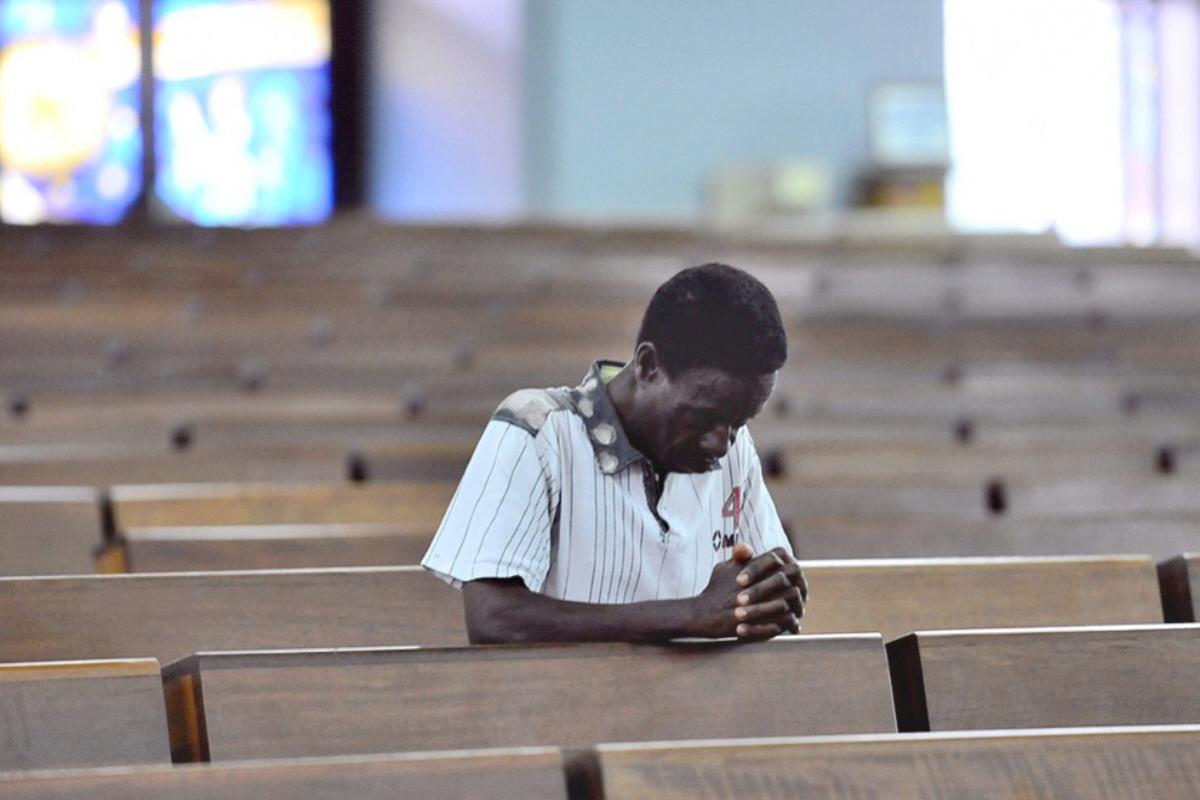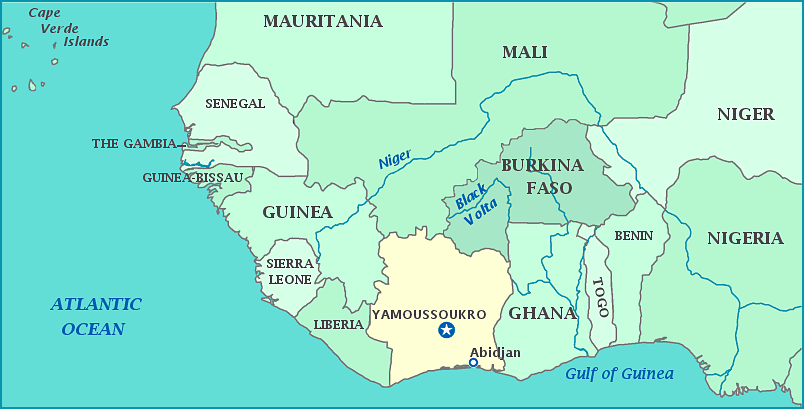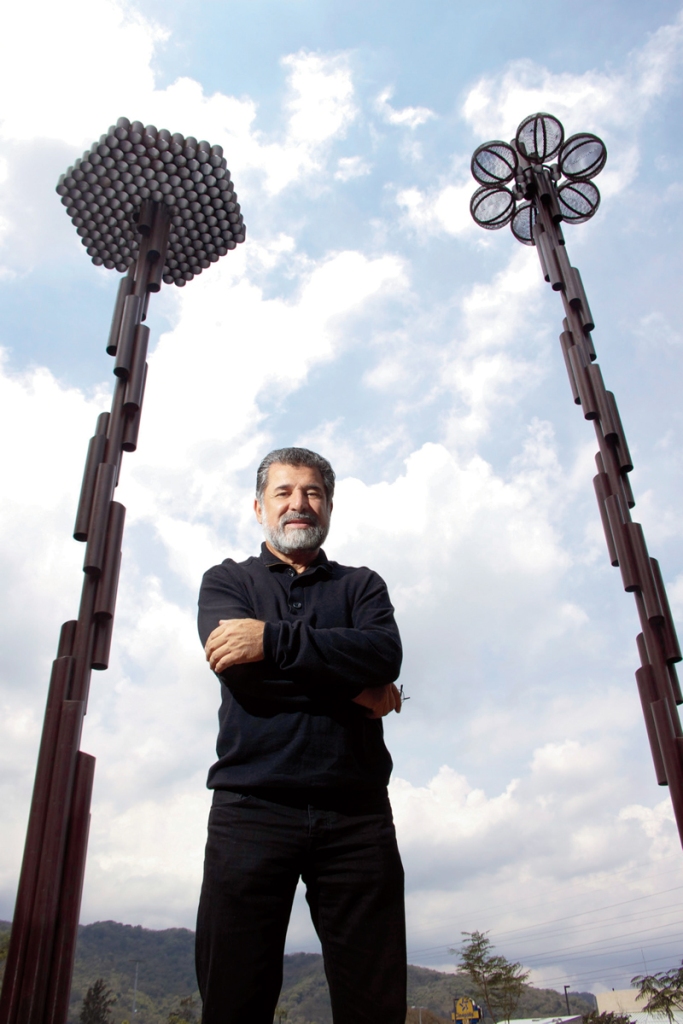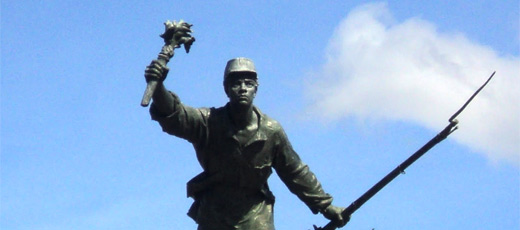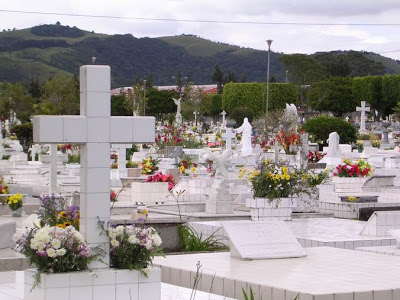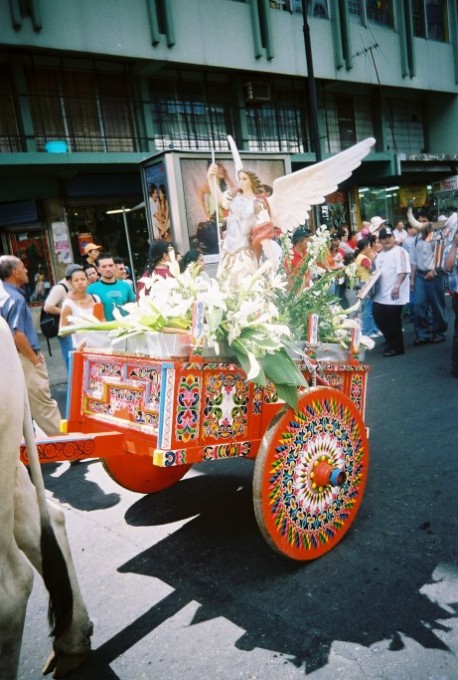Côte
d’Ivoire utilizes many of the larger genres and notable African musical
characteristics, like other countries and regions in this region of the
continent. Traditional vocal polyphony is a striking characteristic of much of
the traditional music. Polyphony means that two or more lines are singing (or
performing) at the same time, and each line is independent of each other – different
from a melody line being sung above the harmony. And likewise, they’ve also extended it to rhythms as
well with the use of polyrhythms, working in much of the same way. It creates a highly complex rhythmic
line.
Percussion
is very important in African music, and you’ll find the use of “talking” drums
not only across Africa but in other areas of the world that was part of the African
diaspora (South America and the Caribbean, for instance).
Several
different styles of music came out of Côte d’Ivoire. In the early 1990s,
musician Freddy Meiwey helped pioneer what’s called Zoblazo. He basically took
traditional Ivoirian rhythms and merged it with electronic instruments and
created a sort of party music by adding lyrics of the same effect. Zouglou also stemmed from around the
same time by disgruntled university students. It presented a little more satire
in its lyrics and usually involved a dance to some made-up god.
A
popular style that emerged in the last decade, especially since the beginning
of the civil war, is a style called Coupé-Décalé. It’s mostly a musical movement among the younger generations
of Côte d’Ivoire. The music takes its influence from heavily percussive African
styles found in deep bass, samples, or minimalist arrangements. Lyrics tend to
be a range of topics from happiness to daily life in Côte d’Ivoire to the
sentiments on the growing political events.
I’ve
found several artists available to listen to on Spotify. The one that I like the most is Tiken
Jah Fakoly. He’s a reggae artist
who is widely known and listened to across the country. Because a lot of his
lyrics are in support of bringing up the oppressed and are generally against
the way the government handles things, he’s been living in exile in Mali. Even
the country of Senegal has declared that him as persona non grata over
criticisms of their president, meaning that he as a foreign person is
officially not welcome to enter their country. This song is from the album African Revolution, which I'm pretty sure will be added to my collection.
I’ve
also discovered Christina Goh. She
was born in France, but grew up in Côte d’Ivoire, and then returned to France
to study. Known as The Black Pearl of Afro-Blues, she wrote a set of poems that
later became the album Christina Goh
Concept. Most of the music
uses the djembe (a type of goblet drum), guitar, voice and occasionally the piano. I really like this
album, and it’s grown on me. I like her voice, and I'm pretty sure I'm going to have to get this album as well.
Other
artists I included in my playlist include Alpha Blondy, Ernesto Djédjé, David
Tayorault, and Magic System.
Ivoirian
dance, like most other African dance traditions, is closely tied to its music.
Many of the dance styles are named after the music it’s danced to. However, there is one type of dance
that generated out of Côte d’Ivoire called the mapouka. It’s basically, for
lack of a better word, a booty dance, where the dancer – mostly women, for
obviously reasons – faces away from the audience and shakes her booty without really
moving her hips. There was a push in the 1980s to make it popular, but that
plan sort of failed. Only when the government banned its performance in public
did it really become popular. There’s nothing like telling someone “no” to make
them want to do it.
Up
next: the food!







